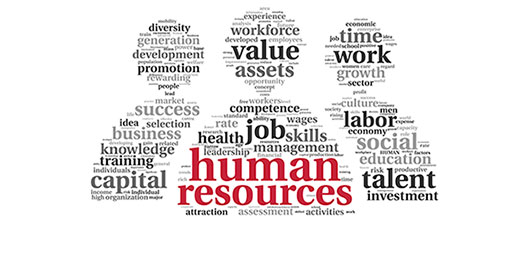The When and Why of HR for Small Business
By Amelia Chan
‘When and why do I need HR?’
There are no two questions I hear more often in my conversations with small-to-mid-sized business owners.
The truth is that there is no magic number of employees required and no successful company of two people succeeds without it. What today’s HR brings to the table speaks directly to big results for businesses large and small: namely, mindset, mission and motivation.
A major part of the enigma around HR for small business owners stems from a miscomprehension of what HR actually does.
In fact, the only other question I hear nearly as often is exactly that.
‘What does HR do?’
In order for any organization to be successful, it must have strategic and operational goals. To achieve these goals, well, that comes down to its people and that brings us to HR.
Its mandate is to ensure that the right people are doing the right things at the right time in the right environment—and are happy doing so. Now more than ever, that is key.
Why then is HR also the last piece of the puzzle for so many businesses?
Aligned for Business Results
Put simply, a lot of people still associate with the ‘old’ HR, and admittedly there is still a bit of it about. That said, HR has come a long way since the days of personnel. In fact, today’s HR is nothing short of the competitive edge sought after by all businesses.
This is no secret to larger organizations familiar with the high cost of turnover in a competitive marketplace facing a labour shortage. The impact of losing even a single employee in a small business is that much greater.
When effectively aligned with an organization’s purpose and goals, HR objectives, practices and policies essentially drive operational success. With its involvement at all points in the talent cycle, HR is in a unique position to influence the workplace.
Where HR Counts Most
Strategic HR views the business as a whole, fostering interdepartmental relationships and helping coordinate employee roles within these groups. Its practices provide the common thread that transcends organizational levels and links technical and supporting functions. As such, well-designed HR strategies keep the business connected operationally, which ultimately supports its objectives.
Here are some examples of how HR can have a positive impact:
- Attract and retain top talent;
- Increase employee engagement and decrease unnecessary turnover;
- Drive productivity and increase cost savings;
- Leverage business advantages to increase profitability; and
- Promote innovation and create new business opportunities.
What is key for any successful HR initiative is the link to the big picture of the business—regardless of whether that business is big, small or somewhere in-between.
Catalyst and Caretaker of Change
Moreover, HR serves as both the catalyst and caretaker of change in an organization, and ultimately, speaks to the unrealized potential within any business. No business moves to loftier goals without anchoring the basics—as complex as they might be.
Why then HR? It’s quite simply because HR creates business success through people—synergizing diverse talents with a singular focus too often extraordinary results.
This article was originally published on BCJobs.ca.
Amelia Chan, CHRP, RCIC, is the founder of Higher Options Consulting, a boutique HR and immigration firm in Vancouver. As an entrepreneur with a background from diverse industries, she is passionate about operational excellence and employee engagement. Amelia is a regular contributor to PeopleTalk.







